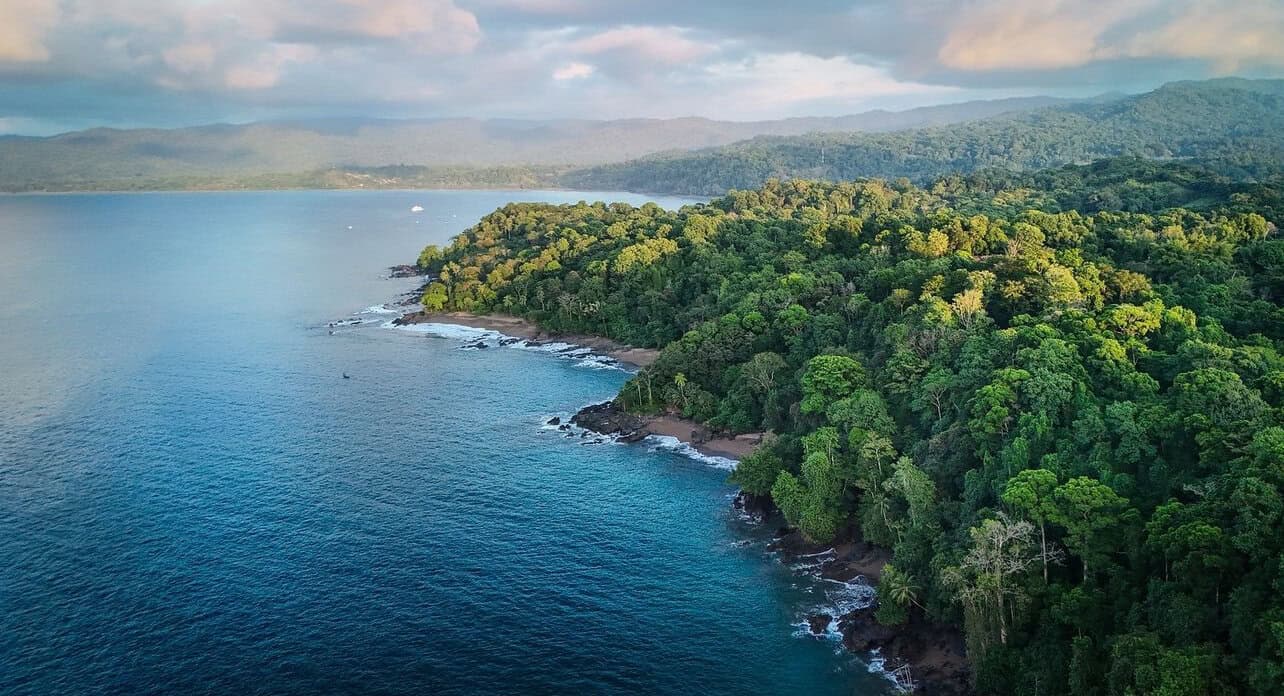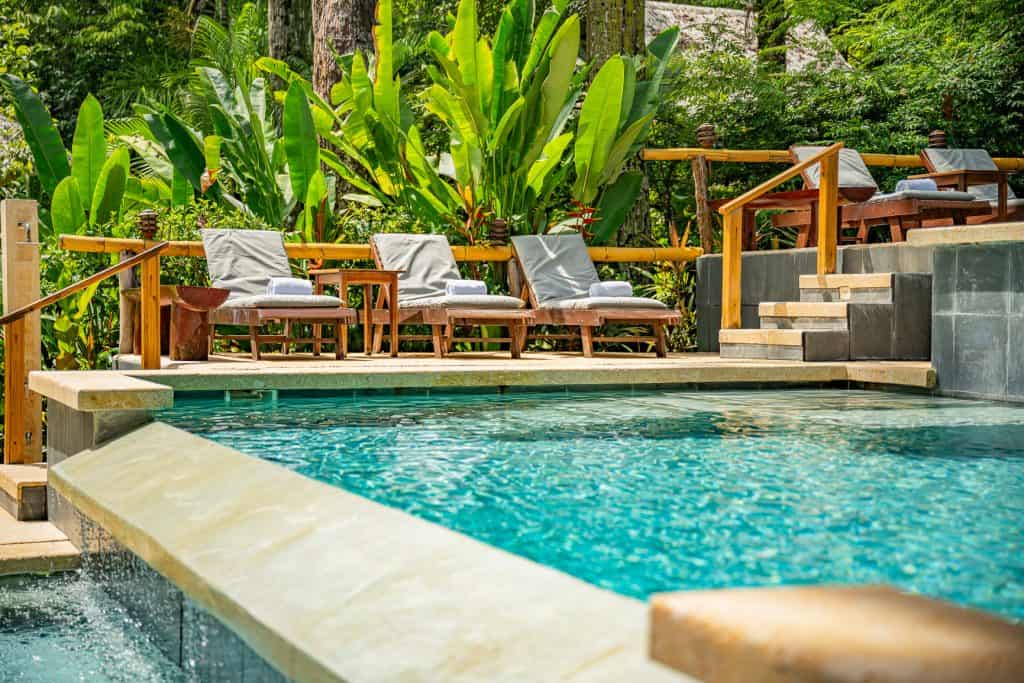Best Time To Visit Osa Peninsula Costa Rica: Complete 2025 Travel Guide
When to Go, What to See, and What to Expect
Planning when to visit the Osa Peninsula?
This comprehensive guide reveals the best months for wildlife viewing, weather conditions, and activities in Costa Rica’s most biodiverse region and premier ecotourism destination.
The Osa Peninsula (Península de Osa) contains 2.5% of global biodiversity in less than 0.001% of Earth’s surface. Choosing the right time to visit this Central American wilderness determines whether you’ll experience optimal wildlife viewing, accessible jungle trails, or manageable travel costs in this incredible Costa Rican destination.
Golfo Dulce borders the eastern edge of the Osa Peninsula and is one of only four tropical fjords on Earth — making this region extraordinarily rare. These warm, sheltered waters serve as a critical nursery for endangered hammerhead sharks, adding another layer of ecological significance to the Osa Peninsula's already remarkable biodiversity.
WHEN TO VISIT THE OSA PENINSULA: CLIMATE AND WEATHER PATTERNS
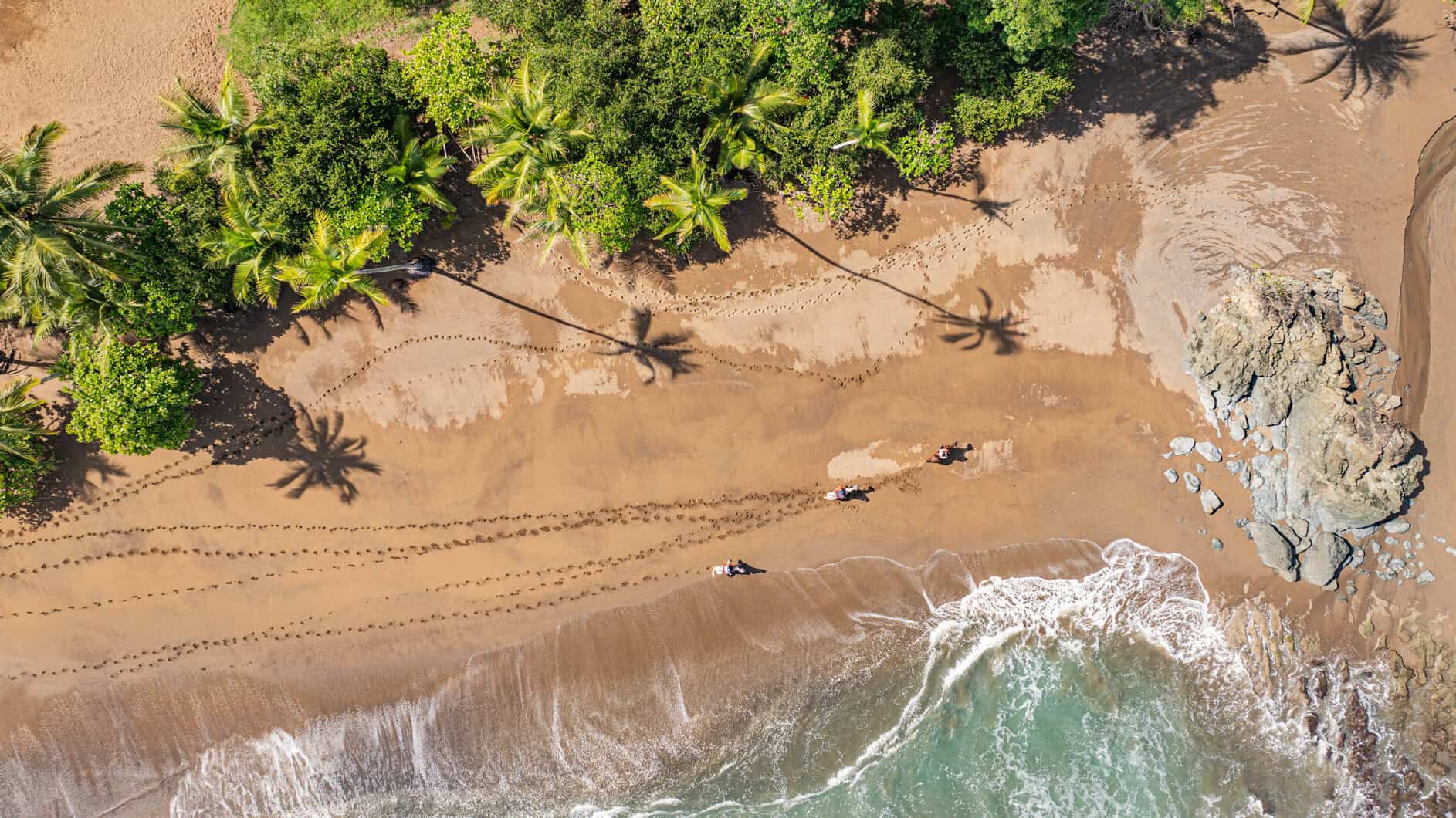
Osa Peninsula Dry Season (December–April)
Best time to visit Osa Peninsula for: First-time visitors, families, wildlife photography, nature tours.
- Average temperature: 85°F (29°C) – hot and sunny
- Precipitation: Less than 4 inches/month – minimal rainfall
- Trail conditions: Excellent throughout Corcovado National Park and nature reserves
- Snorkeling visibility: 60+ feet at Caño Island Marine Reserve
- Accommodation prices: Highest rates (book 6+ months in advance)
Perfect weather for hiking, snorkeling, birdwatching, and horseback riding. Eco-lodges and hotels near Drake Bay assist with permit coordination and tour logistics, making vacation planning seamless.
Osa Peninsula Green Season (May–November)
Best time to visit Osa Peninsula for: Budget travelers, turtle conservation, waterfall exploration, authentic experiences.
- Average temperature: 82°F (28°C) – warm and humid
- Precipitation: 8-15 inches/month (peak September-October) – tropical downpours
- Trail conditions: Muddy but navigable with proper hiking gear
- Wildlife activity: Peak diversity due to abundant food sources
- Accommodation rates: 30-50% lower – excellent value
Vibrant, less crowded, and budget-friendly. Ideal for waterfall hiking, sea turtle nesting observations, and rainforest exploration with lush tropical landscapes.
BEST TIME TO VISIT THE OSA PENINSULA: MONTH-BY-MONTH GUIDE
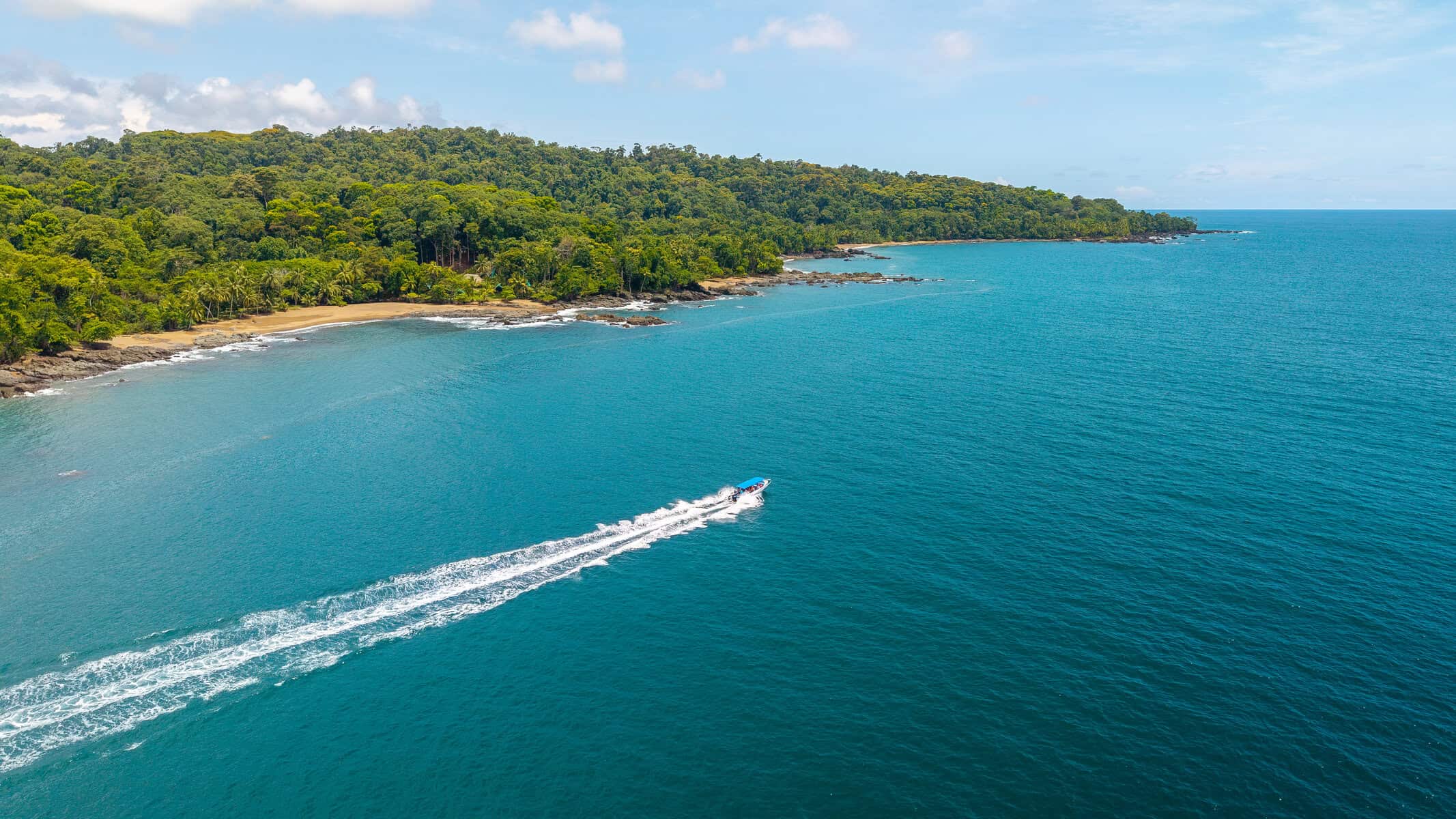
January - Peak Season For Families And Birdwatching
- Best for: First-time visitors, families with children, scarlet macaw viewing, nature photography.
- Osa Peninsula wildlife experiences: Dry hiking trails and nesting scarlet macaws (Ara macao) make this optimal for guided birdwatching excursions. La Danta trail provides early morning sightings of Baird’s tapirs (Tapirus bairdii) and diverse avian species.
- Weather conditions: Driest month with clearest jungle trails throughout the biological corridor.
- Booking recommendations: Reserve eco-lodges by September (permits and accommodations reach capacity)
February - Premier Snorkeling And Diving Season
- Best for: Snorkelers, scuba divers, underwater photographers visiting Caño Island Biological Reserve.
- Osa Peninsula marine activities: Crystal-clear snorkeling at Caño Island (Isla del Caño) with vibrant coral reefs and tropical fish. Eco-lodges assist with permit acquisition for enhanced access.
- Ocean conditions: Calmest seas of the year, minimal sediment runoff, peak visibility February-March.
- Essential equipment: Reef-safe sunscreen (mandatory under Costa Rican environmental protection laws).
March - Bird Migration And Nature Photography
- Best for: Birdwatchers, wildlife photographers, naturalists visiting Corcovado.
- Osa Peninsula avian diversity: Migratory birds arrive creating spectacular viewing opportunities. Join birding expeditions or visit San Pedrillo sector in Corcovado for 400+ species encounters in a single day.
- Photography conditions: Optimal lighting, minimal cloud cover for nature photography.
- Advanced planning: Corcovado National Park and Caño Island require 2-3 month advance reservations.
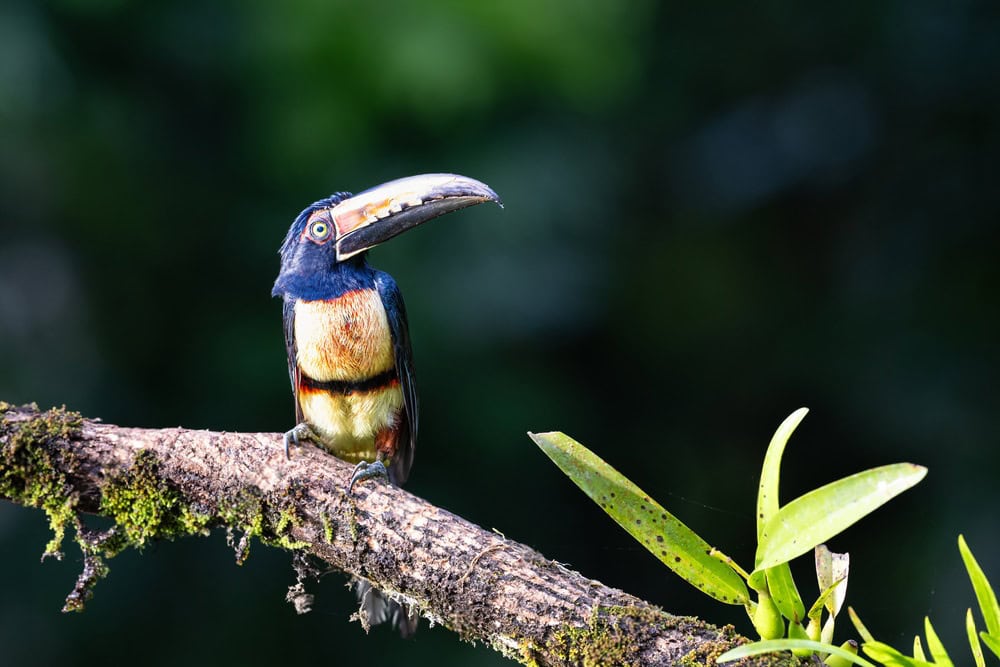
April - Dolphin And Whale Encounters
- Best for: Marine wildlife enthusiasts, transition season travelers, whale watching.
- Osa Peninsula marine mammals: Dolphins (Tursiops truncatus) appear near Drake Bay as boat excursions launch from pristine beaches. First Bryde’s whales (Balaenoptera brydei) arrive in Golfo Dulce.
- Weather transition: Humidity increases, afternoon cloud formation develops.
- Tourist levels: Crowds begin diminishing after Easter holidays (Semana Santa)
May - Budget Travel Season And Bioluminescence
- Best for: Budget-conscious travelers, bioluminescence seekers, waterfall hiking, eco-tourism.
- Osa Peninsula natural phenomena: Lush vegetation at Rio Claro creates prime conditions for waterfall trekking and swimming. Dinoflagellate blooms produce bioluminescent displays in Golfo Dulce waters.
- Cost advantages: 40-50% reduction in lodge and hotel rates.
- Transportation requirements: 4WD vehicles become essential for Drake Bay access via rough roads.
June - Sea Turtle Nesting Season Begins
- Best for: Conservation volunteers, families with older children, eco-conscious travelers.
- Peninsula conservation programs: Olive ridley turtle (Lepidochelys olivacea) nesting commences in tranquil jungle environments. Eco-lodges coordinate conservation programs through local organizations.
- Volunteer opportunities: Turtle patrol programs available through Osa Conservation and research stations.
- Natural conditions: Waterfalls reach optimal flow levels for adventure activities.
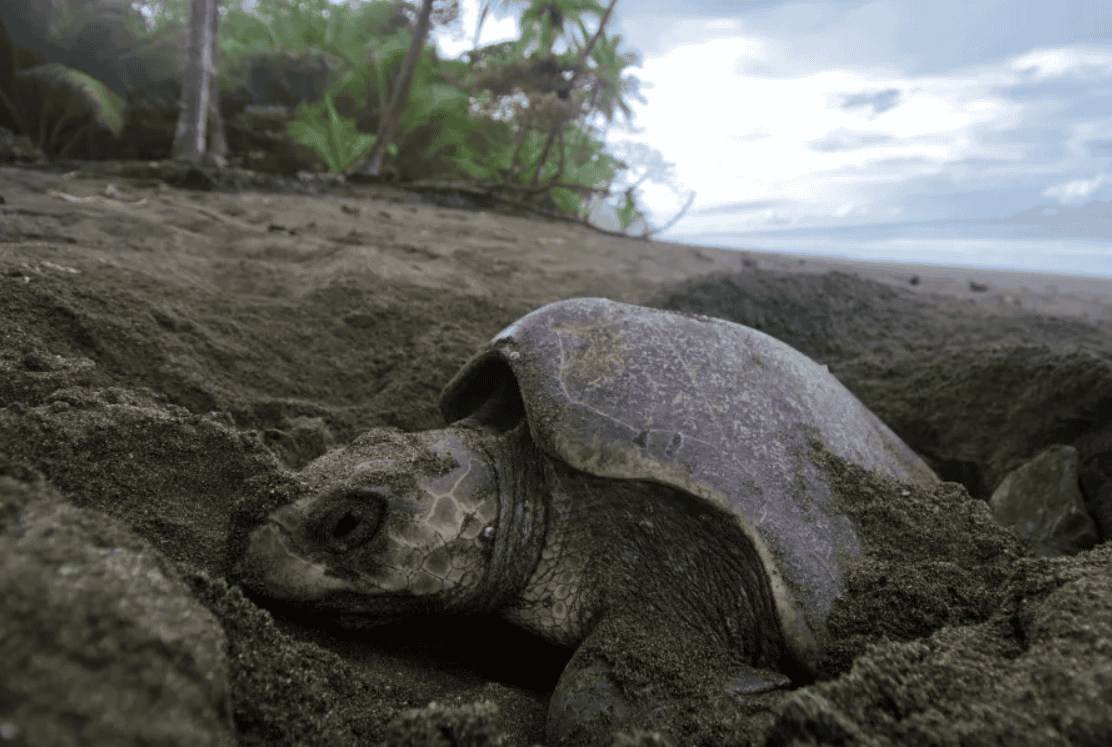
July - Peak Wildlife Viewing Month
- Best for: Whale watchers, comprehensive wildlife viewing, nature enthusiasts.
- Osa Peninsula wildlife combination: Humpback whale (Megaptera novaeangliae) watching and turtle nesting overlap—combine marine and terrestrial wildlife tours. Northern hemisphere humpback population arrives.
- Ocean conditions: Calmest seas of the year, minimal sediment runoff, peak visibility February-March.
- Wildlife success rates: 85% whale sighting probability in Golfo Dulce.
August - Green Season Adventures
- Best for: Experienced naturalists, whale photography, horseback riding, adventure travel.
- Osa Peninsula outdoor activities: Green season beauty with reduced crowds makes this ideal for horseback expeditions and night tours. Peak humpback whale activity continues.
- Photography opportunities: Optimal conditions for whale breach photography and nature shots.
- Weather predictability: Consistent morning sunshine, afternoon precipitation schedule.
September - Cultural Immersion And Waterfall Season
- Best for: Cultural travelers, white-water rafting enthusiasts, adventure seekers.
- Osa Peninsula cultural events: Waterfalls reach maximum power while cultural celebrations including Costa Rican Independence Day (Día de la Independencia – September 15) occur.
- River conditions: Optimal flow for Rio Esquinas white-water rafting adventures.
- Tourism patterns: Lowest international visitor numbers, highest local cultural activity.
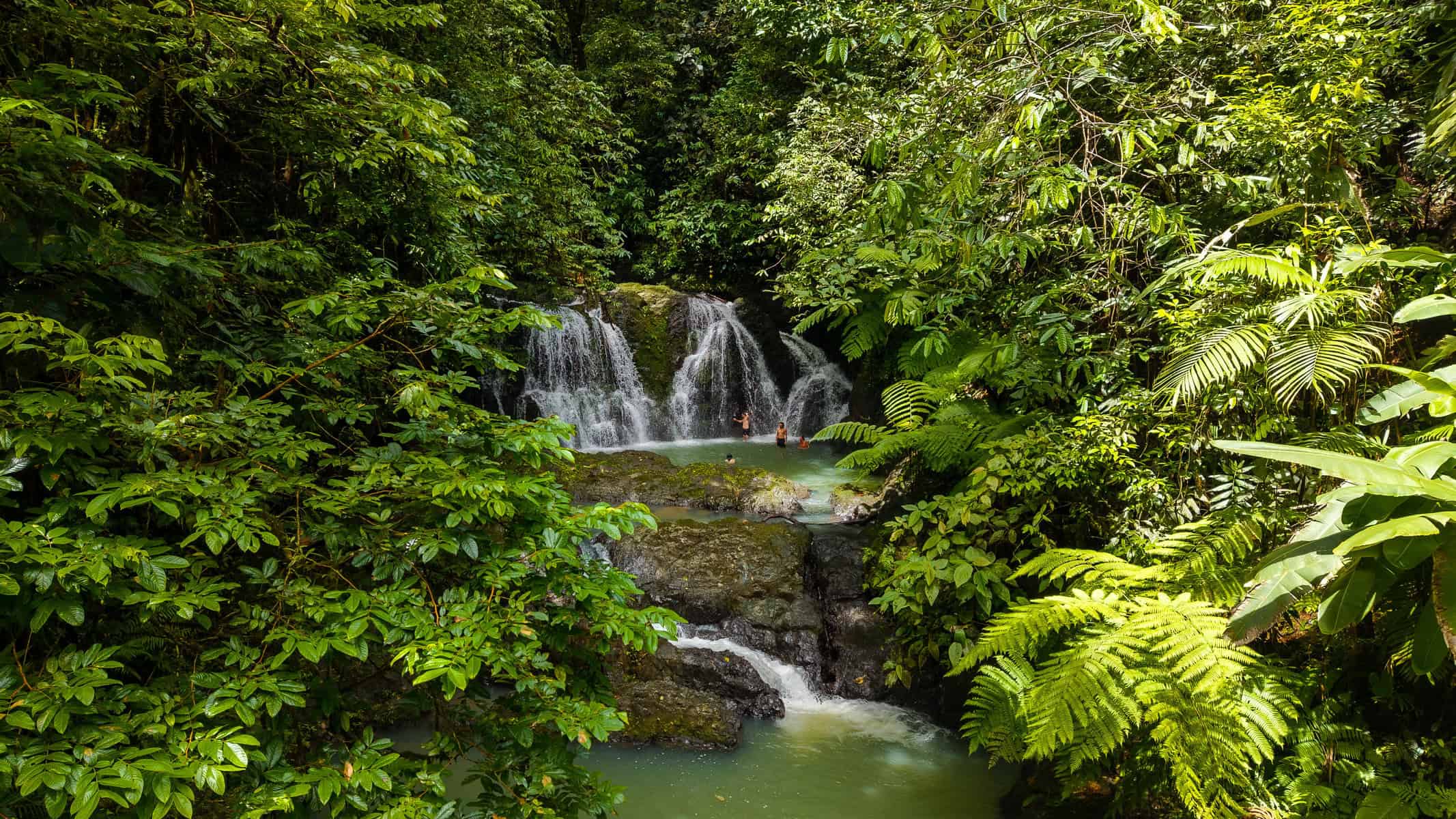
October - Baby Turtle Hatching And Peak Rainfall
- Best for: Adventure travelers, turtle hatchling observers, photography enthusiasts.
- Osa Peninsula wildlife spectacle: Baby sea turtles hatch during this tranquil month perfect for wildlife observation and contemplation. Dramatic waterfall photography opportunities abound.
- Trail accessibility: Some Corcovado sectors may close due to river flooding.
- Weather advisory: Highest precipitation month (monitor MINAE – Ministry of Environment updates).
November - Best Value Season And Surfing
- Best for: Surfers, budget-conscious solo travelers, value seekers.
- Osa Peninsula conditions: Warm tropical climate allows visitors to avoid holiday rush while enjoying sunshine. Surf swells return, suitable for intermediate surfers.
- Accommodation deals: Up to 60% savings on eco-lodge and hotel rates.
- Health consideration: Highest mosquito populations (DEET-based repellent essential).
December - High Season Returns And Holiday Travel
- Best for: Holiday travelers, families, return visitors to Costa Rica.
- Osa Peninsula accessibility: High season returns with clear skies and full access to premier tours. Dry season wildlife concentration begins, scarlet macaw fruit feeding.
- Ocean temperature: Golfo Dulce reaches optimal swimming temperature.
- Booking deadline: Reserve accommodations by October 1st for holiday availability.
BEST TIME TO VISIT THE OSA PENINSULA FOR WILDLIFE VIEWING
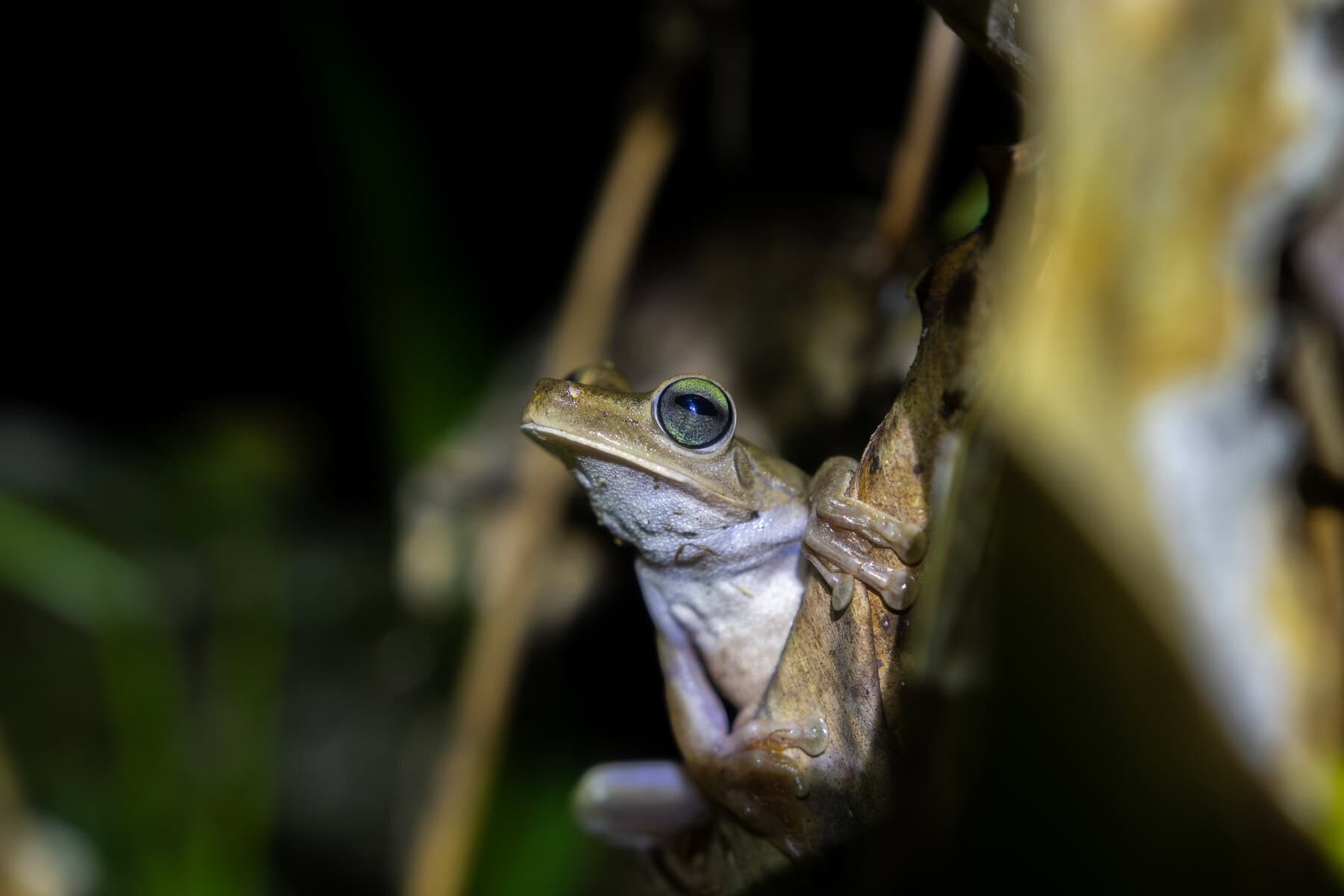
Picking The Best Time For Wildlife Experiences (By Season)
- Dry Season (December-April): Focus on mammals and tropical birds as wildlife congregates around water sources.
- Peak Marine Season (July-October): Optimal whale watching and turtle nesting with overlapping marine and terrestrial activity.
- Wet Season Biodiversity (May-November): Amphibians, reptiles, and forest wildlife reach maximum diversity.
Osa Peninsula Mammals
- Baird’s Tapir (Tapirus bairdii): Best January-April (dry trails), crepuscular activity near water sources.
- Jaguar (Panthera onca): Extremely rare, highest probability July-October near Sirena Biological Station.
- Mantled Howler Monkeys (Alouatta palliata): Year-round, most vocal at dawn (5:30-7:00 AM).
- White-lipped Peccary (Tayassu pecari): Dry season herds of 50-200 individuals possible.
- White-faced Capuchin (Cebus imitator): Year-round near eco-lodges and forest edges.
- Two-toed Sloth (Choloepus hoffmanni): Year-round, best spotted during guided canopy tours.
Osa Peninsula Marine Life
- Humpback Whales (Megaptera novaeangliae): July-October (Northern population), January-February (Southern population).
- Bottlenose Dolphins (Tursiops truncatus): Year-round in Golfo Dulce, optimal viewing February-April.
- Sea Turtles: Olive Ridley nesting June-December, hatching September-February.
- Whale Sharks (Rhincodon typus): Rare encounters, most sightings March-April near Caño Island.
- Manta Rays (Manta birostris): Occasional sightings during snorkeling expeditions.
Best Time For Osa Peninsula Birdwatching
- Scarlet Macaw (Ara macao): Peak activity January-March during almond tree fruiting season.
- Harpy Eagle (Harpia harpyja): Extremely rare, 2-3 annual sightings near Sirena Station.
- Great Curassow (Crax rubra): Ground-dwelling species, early morning primary forest sightings.
- Chestnut-mandibled Toucan (Ramphastos ambiguus): Year-round, fruiting tree locations.
- Fiery-billed Aracari (Pteroglossus frantzii): Endemic species, best spotted February-April.
WHERE TO STAY ON THE OSA PENINSULA
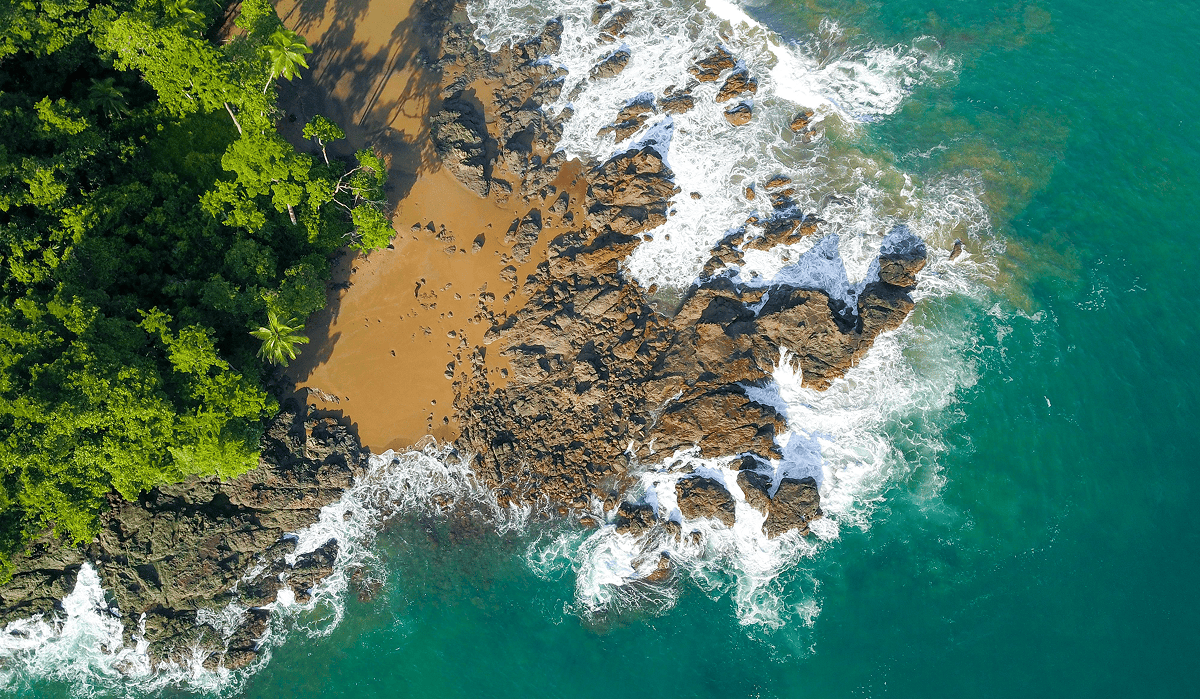
Copa De Arbol is an all-inclusive, beachfront eco-luxury retreat located in the “Caletas” region (charming coves) of Drake Bay, accessible only by boat. The resort provides comprehensive permit coordination services for guests visiting Corcovado National Park and surrounding areas.
Accommodation Features:
- All-inclusive luxury villas with ocean and rainforest views
- Located on a 70-acre property, close to Corcovado National Park
- Multiple villa options (Coco, Balsa, Palm) accommodating up to 5 people
- Air conditioning, safety boxes, and modern amenities in all accommodations
Permit Coordination Services:
- Direct access for booking tours to Corcovado National Park and nearby islands
- On-site tour coordination for wildlife encounters and park visits
- Complimentary snorkeling gear, kayaks, and paddleboards for marine activities
Additional Services:
- All meals included with locally sourced ingredients
- Guided wildlife tours and marine excursions
- Transportation coordination (boat-only access from Drake Bay)
- Staff assistance with special dietary requirements
Copa de Arbol serves as an ideal base for accessing both Corcovado National Park and Caño Island Biological Reserve, with their concierge team handling permit logistics and tour arrangements to ensure seamless access to these protected areas.
SEASONAL TRANSPORTATION CHALLENGES
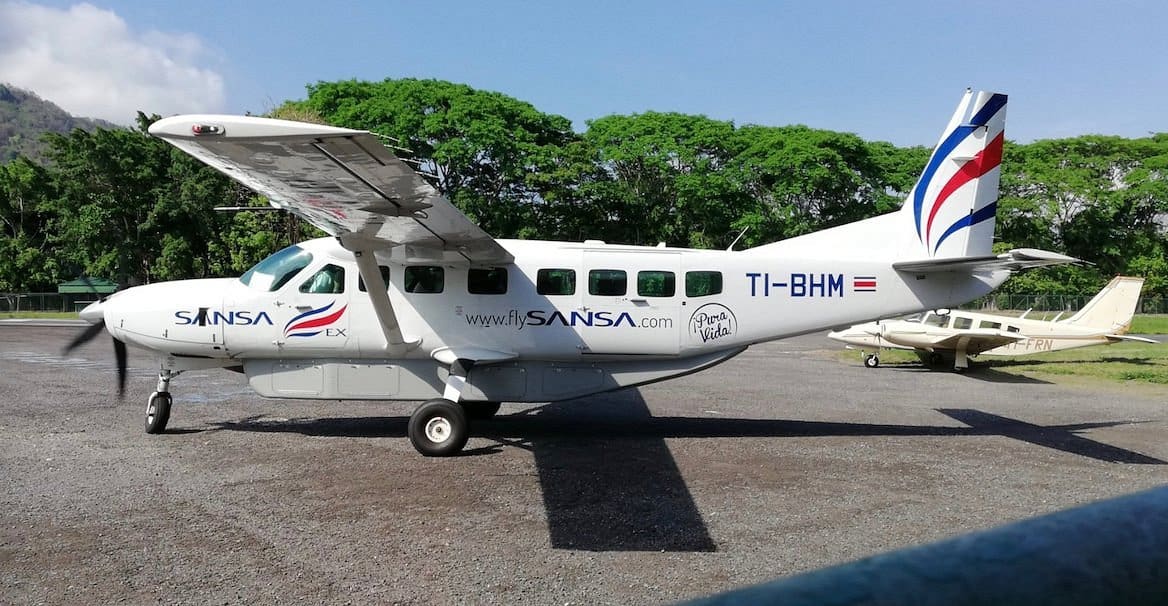
Getting to and around the Osa Peninsula presents unique challenges that vary dramatically by season. Understanding these patterns helps you plan realistic itineraries and avoid frustrating delays.
Road Conditions
The quality and accessibility of roads throughout the peninsula—whether you’re approaching from San José, heading to Puerto Jiménez, or exploring areas like Drake Bay or Carate—are heavily influenced by the time of year.
Dry Season (December–April):
- Roads across the peninsula are generally in good condition
- Minimal potholes and dry river crossings make travel smoother
- 2WD vehicles are often sufficient on main routes
- Travel times are more predictable and shorter
Green Season (May–August):
- Afternoon rains begin to soften unpaved roads
- Mud and developing potholes can slow progress
- 4WD recommended for venturing off main highways or deeper into the peninsula
- Expect 1–2 hour delays, especially after heavy rains
Wet Season (September–November):
- Torrential rains can wash out road sections and flood river crossings
- Travel within the peninsula often requires a high-clearance 4WD
- Some remote roads may become impassable for days
- Delays and route changes are common; flexibility is key
Pro Tip: During the wettest months, many seasoned travelers opt to fly into regional airports like Puerto Jiménez or Drake Bay to bypass difficult road conditions.
Flight Delays: Weather-Related Disruptions
Small aircraft serving Drake Bay and Puerto Jiménez are particularly susceptible to weather conditions.
Seasonal Patterns:
- Dry Season: 95% on-time performance, rare cancellations
- Green Season: 80% reliability, afternoon delays common
- Wet Season: 60-70% reliability, frequent multi-day delays
Planning Strategy:
- Always book flexible tickets during green/wet seasons
- Plan 1-2 buffer days before international departures
- Consider backup ground transportation options
- Travel insurance becomes essential for weather-related delays
Boat Transfers: Sea Conditions By Month
Many Osa Peninsula lodges require boat transfers, with sea conditions varying significantly throughout the year.
Calm Water Months (December-April):
- Smooth transfers with minimal seasickness risk
- Reliable daily boat schedules
- Safe for children and elderly travelers
- Dry landings possible at some locations
Moderate Conditions (May-August):
- Choppy seas during afternoon storms
- Morning transfers generally smoother
- Wet landings common due to surf
- Motion sickness medication recommended
Rough Sea Months (September-November):
- Dangerous conditions during storms
- Frequent transfer cancellations
- Experienced boat operators essential
- Not recommended for pregnant women or those with mobility issues
Recent Posts
Categories
Submit your email for discounts
Join our mailing list and receive special offers and discounted vacation packages directly to your email.
By clicking “Submit”, you are signing up to recieving emails from us. You can unsubscribe whenever you like.
FAQ's
The dry season (December–April) is generally considered the best time to visit. You’ll enjoy sunny days, minimal rain, and easier access to national parks, beaches, and remote lodges. It’s perfect for hiking, wildlife tours, and water activities.
Yes, you can visit Costa Rica during the rainy season (May to November). It’s less crowded, lush, and often cheaper—just expect daily afternoon showers and plan morning activities.
September to early November is the peak of the wet season. This is when roads can become washed out, boat tours may be canceled, and some lodges close temporarily. If you’re planning to explore Corcovado or drive around the peninsula, this is the most logistically difficult time.
Wildlife is active year-round, but:
- Dry season = easier spotting on trails
- Green season = more biodiversity, baby animals, and nesting activity
- July–October = humpback whales
- August–November = sea turtle nesting
Yes. The dry season is also the tourist high season, especially around Christmas, New Year’s, and Easter. Prices for tours and accommodations can increase by 20–50%. Booking in advance is essential. The green season offers lower rates and more availability.

Andrea - Costa Rican Travel Guide
Andrea is a seasoned traveler and an expert on Costa Rica. She has spent a number of years travelling around Costa Rica and exploring it's natural wanders. Andrea is an avid birdwatcher and loves spending time outdoors hiking and taking photos of her favourite birds.
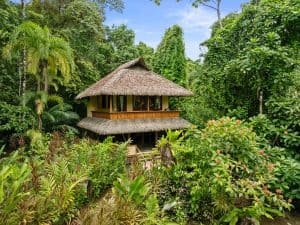
Don't Miss Out On Exclusive Offers!
Join our mailing list and receive special offers and discounted vacation packages directly to your email.
By clicking “Submit”, you are signing up to recieving emails from us. You can unsubscribe whenever you like.


